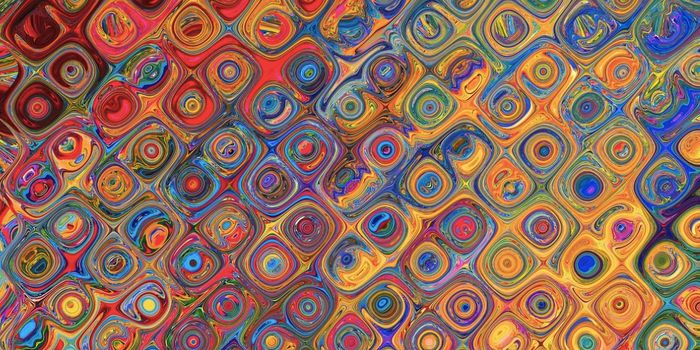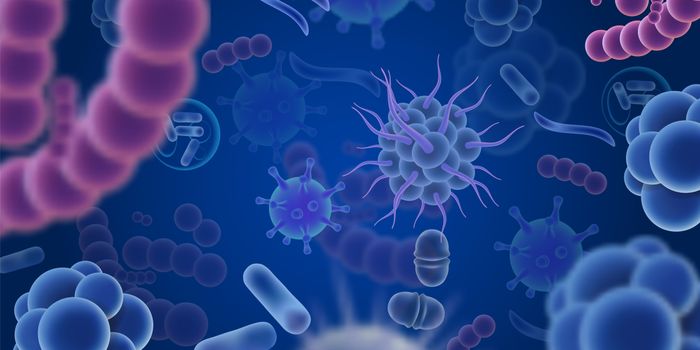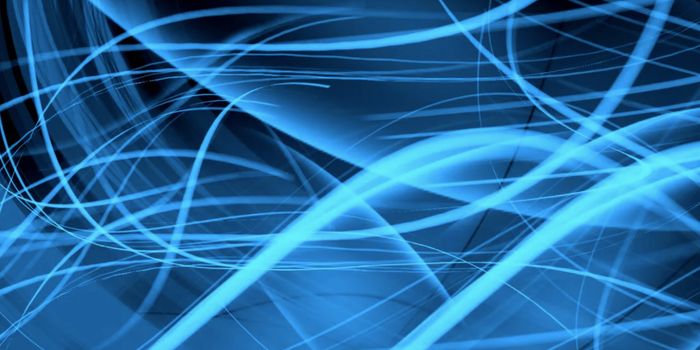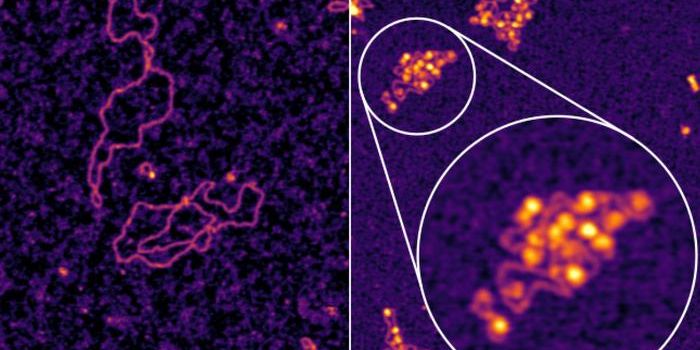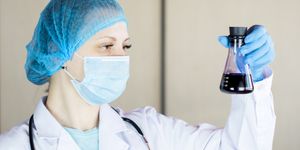Mutagens May Be Having a Bigger Effect Than We Knew
New research has suggested that our DNA is more susceptible to mutagenic influences in our environment than we've appreciated. While organisms can use mutations to their benefit, changes to the genetic code can also have a detrimental impact on health. New work reported in the Proceedings of the National Academy of Sciences has suggested that mutagenic agents are a more common threat to our cells than we knew, and their effects appear to go beyond DNA. Another molecule called mRNA (messenger RNA) plays a crucial role in transmitting sequences for genes from the genome to the cellular machinery that produces proteins. It seems that mutagenic agents are interfering with mRNA too.
"Our results have the potential to completely transform the way we think about the consequences of environmental mutagens," said study author Professor Michael Lynch, the director of the Biodesign Center for Mechanisms in Evolution at Arizona State University's School of Life Sciences.
Mutagenic agents include things that are commonly found in many environments. Sunlight is one example because it's a source of radiation, as are televisions, microwave ovens, or X-rays. Our cells can produce low levels of mutagenic toxins during the metabolism of some substances such as alcohol; other foods or drinks may have deleterious substances as ingredients, like Aflatoxin B1.
Our cells also have mechanisms to repair DNA damage, and induce cells that are damaged beyond repair to destroy themselves. But some mutations can slip by those repair mechanisms, which spread to the next generation of cells when they divide. These genetic errors can cause disruptions in the proteins they code for. When the cell transcribes a DNA sequence into an mRNA sequence, transcription errors can also occur.
Researchers know that transcription errors can arise, but measuring them has been difficult. In this work, the scientists applied massively parallel sequencing technology to differentiate between mutations that arise during the conversion of mRNA into a material that is used for sequencing, sometimes called a library, and true mutations in mRNA. The mutations that are solely due to the impact of a mutagen had to be identified.
In this work, the researchers performed a kind of circular assay in which there are redundancies, so the mRNA sequence can be compared to a DNA template. The study, which assessed the genomes and mRNA of yeast, flies, worms, and mice showed which mutations arise due to deleterious effects on transcription. They found that some mutagenic agents can cause mutations in both the genome and during transcription.
One type of chemical known as alkylating agents has a significant effect on DNA. One, in particular, called MNNG, also caused transcriptional errors in all four model organisms.
We know a bit about human diseases that are due to errors in the genome. But it seems that erroneous DNA sequences also have the potential to generate various aberrant mRNA transcripts. We may also have more to learn about the true impact of disrupted mRNA transcripts, and some substances that have been deemed safe for consumption might have to be reevaluated to assess how they are impacting mRNA.
Sources: AAAS/Eurekalert! via Arizona State University, Proceedings of the National Academy of Sciences



